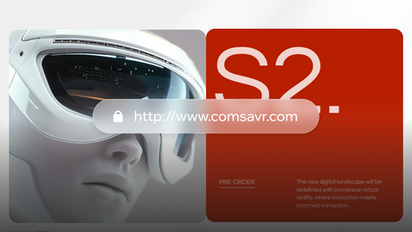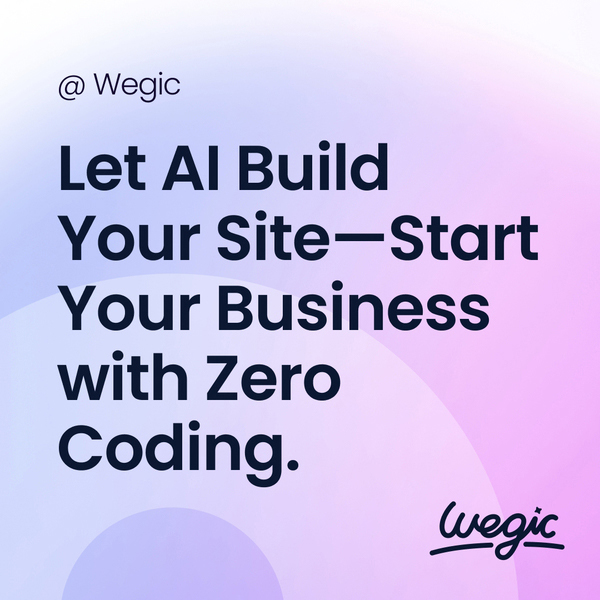Quick What Does It Mean Scaffolding Web Design Guide
What Does It Mean Scaffolding Web Design Explained
What Does It Mean Scaffolding Web Design
In today’s digital age, having a strong online presence is essential for businesses of all sizes. A well-designed website can help attract new customers, showcase products and services, and establish credibility in the marketplace. However, many business owners are hesitant to invest in web design due to concerns about cost. In this article, we will explore the factors that can influence the cost of web design and provide guidance on how to ensure that you get the best value for your money.

How to What Does It Mean Scaffolding Web Design
What Does It Mean Scaffolding Web Design
An SEO audit is a thorough examination of a website’s performance in terms of search engine optimization. It involves analyzing various elements such as on-page and off-page optimization, technical aspects, content quality, and user experience. By conducting an SEO audit, businesses can identify areas of improvement, fix any issues that may be hindering their SEO efforts, and ultimately improve their website’s visibility and ranking on search engines.
There are several key steps involved in conducting an SEO audit:
1. Reviewing Keywords and Content: One of the first steps in an SEO audit is to review the website’s keywords and content. Are the keywords relevant to the business and its target audience? Are they used strategically in titles, headings, meta tags, and throughout the content? Is the content high-quality, informative, and engaging? Analyzing keywords and content is essential for ensuring that the website is optimized for relevant search queries and provides value to visitors.
2. Checking On-Page Optimization: On-page optimization refers to the elements on a webpage that can be optimized for search engines, such as meta tags, headings, images, and internal links. During an SEO audit, it is important to check that these elements are properly optimized with relevant keywords and that they comply with best practices for SEO. This helps search engines understand the content of the website and rank it accordingly.
3. Assessing Technical SEO: Technical SEO involves optimizing the technical aspects of a website to improve its crawlability, indexability, and overall performance in search engines. This includes factors such as site speed, mobile-friendliness, URL structure, and sitemap. By assessing technical SEO during an audit, businesses can identify any issues that may be impacting their website’s visibility and address them to improve their overall SEO performance.
4. Evaluating Backlinks and Off-Page SEO: Backlinks are a crucial ranking factor in SEO, as they indicate the credibility and authority of a website. During an SEO audit, it is important to evaluate the website’s backlink profile to ensure that it is diverse, high-quality, and free from spammy links. Additionally, off-page SEO factors such as social signals, local citations, and online reviews should be considered to enhance the website’s authority and reputation in the eyes of search engines.
5. Monitoring User Experience: User experience plays a significant role in SEO, as search engines prioritize websites that provide a positive and seamless experience for visitors. During an SEO audit, it is important to assess factors such as page layout, navigation, mobile responsiveness, and loading times to ensure that the website meets user expectations and encourages engagement and conversions.
In addition to these key steps, there are several tools and techniques that can be used to conduct an SEO audit effectively. These include:
– Google Analytics: Google Analytics provides valuable insights into website traffic, user behavior, and engagement metrics, which can help identify areas of improvement for SEO.
– Google Search Console: Google Search Console offers data on website performance, indexing status, and search queries, allowing businesses to monitor and optimize their presence in Google search results.
– SEO Auditing Tools: There are several SEO auditing tools available, such as SEMrush, Moz, and Ahrefs, that can analyze various aspects of a website’s SEO performance and provide recommendations for improvement.
AI web builders utilize advanced algorithms and machine learning to automatically design and build websites based on user input and preferences. This technology eliminates the need for manual coding, design, and development, making it accessible to individuals and business owners without technical skills.
One of the key features of AI web builders is their ability to generate unique designs tailored to the user’s needs. By analyzing thousands of templates and design elements, AI algorithms can create a visually appealing website that reflects the brand’s identity and message. Users can also customize these designs by adjusting colors, fonts, layouts, and images to create a website that stands out from the competition.
In addition to design customization, AI web builders also offer advanced features such as mobile responsiveness, SEO optimization, and e-commerce capabilities. These tools ensure that websites are optimized for various devices, search engines, and online transactions, making them more effective in reaching and engaging target audiences.
Another advantage of using AI web builders is their speed and efficiency. With traditional web design methods, creating a website from scratch can take weeks or even months. In contrast, AI web builders can generate a fully functional website in a matter of hours, saving time and resources for users. This rapid turnaround time allows businesses to quickly establish an online presence and start generating leads and sales.
Furthermore, AI web builders offer scalability and flexibility to accommodate the changing needs of businesses. Users can easily update, modify, or expand their websites without the need for technical expertise or assistance. This agility enables businesses to stay competitive in a dynamic market by adapting to new trends and technologies quickly.
Despite its many benefits, some may argue that AI web builders lack the personal touch and creativity of human designers. While it is true that AI algorithms are limited by predefined rules and patterns, these tools can still produce visually appealing and functional websites that meet the user’s requirements. Moreover, users can add their unique touch to the design by incorporating original content, images, and branding elements.

The Ultimate Guide to What Does It Mean Scaffolding Web Design
What Does It Mean Scaffolding Web Design
In conclusion, choosing the best website builder for your small business ultimately depends on your specific needs and goals. Whether you are looking for a user-friendly option with pre-designed templates like Wix and Weebly, a visually stunning platform like Squarespace, an e-commerce-focused solution like Shopify, or a highly customizable option like WordPress, there is a website builder out there that will meet your needs. By carefully considering the features and functionality offered by each website builder, you can choose the one that best aligns with your business’s goals and budget. With the right website builder, you can create a professional-looking website that helps your small business stand out online and attract more customers.


